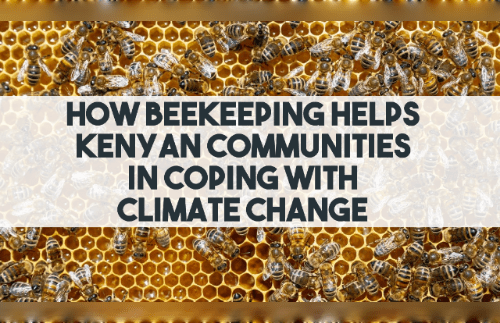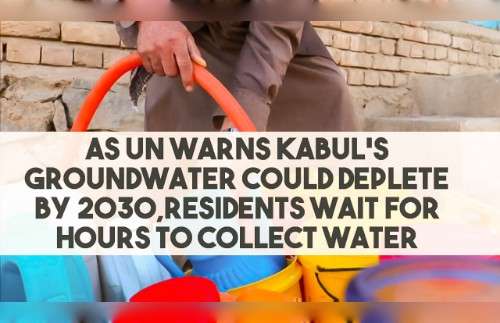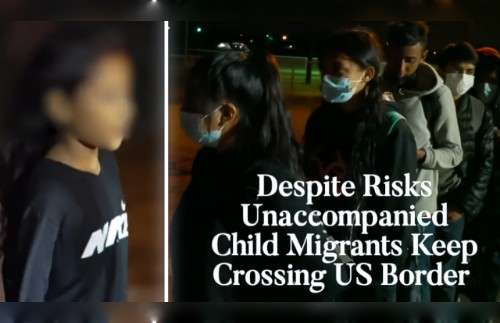Ahammad Foyez and Abdur Rahman/Dhaka and Cox’s Bazar, Bangladesh

Two dozen Rohingya departed for the United States on Thursday where they will be allowed to live, officials with Bangladesh’s foreign ministry and repatriation office announced, adding the refugees were among 62 identified by Washington for U.S. resettlement.
American government officials confirmed that the U.S. plans to accept the Rohingya, but did not discuss specifics about this first group to relocate from sprawling refugee camps near Bangladesh’s border with Myanmar, or others slated to leave soon.
For years to little avail, Bangladesh government officials have been calling on the United States and other Western countries help ease pressure from the huge refugee population concentrated in southeastern Cox’s Bazar district by helping resettle them in third countries.
“The process started with the departure of these 24 people. More Rohingya will relocate there in the future,” a top official of the Ministry of Foreign Affairs told BenarNews on condition of anonymity.
Mizanur Rahman, of the office of Refugee Relief and Repatriation Commissioner, said the 62 live in the Cox’s Bazar camps or on Bhashan Char, a remote island in the Bay of Bengal where the government has relocated about 28,000 Rohingya since December 2020.
“They will go to the United States at different times,” Rahman told BenarNews, adding that UNHCR, the United Nations refugee agency, was overseeing the moves. UNHCR officials in Bangladesh did not immediately respond to a BenarNews request for confirmation.
The news of the departure of the U.S-bound refugees came a day after Julieta Valls Noyes, the U.S. Assistant Secretary of State for Population, Refugees and Migration, wrapped up a five-day visit to Bangladesh, where her delegation traveled to Bhashan Char and Cox’s Bazar.
On Thursday, she issued a statement about her visit but did not say anything specific about the unfolding events.
“As part of our unwavering partnership with the Government of Bangladesh and our comprehensive response to Rohingya refugees, the U.S. government is very pleased to establish, in coordination with United Nations High Commissioner for Refugees and other resettlement countries, a resettlement program for the most vulnerable Rohingya refugees,” she said in the statement.
“As Human Rights Day approaches, I am reminded that the five-year crisis Rohingya refugees have endured has impacted their basic freedoms. We have placed strong sanctions on Burma to encourage changes in behavior,” Noyes said.
She noted that the U.S. had provided “more than $1.9 billion in humanitarian assistance to affected populations in Burma, Bangladesh and elsewhere in the region, for Rohingya and their host communities.”
In Washington, a U.S. State Department spokesperson did not respond to a BenarNews query about the Rohingya traveling to the U.S., but did issue a statement.
“President Biden affirmed the United States’ commitment to welcoming refugees by maintaining the total admissions target in the FY 2023 Presidential Determination on Refugee Admissions at 125,000, including a regional allocation of 15,000 for East Asia,” the spokesperson said.
“The United States will consider for resettlement all UNHCR referrals of Rohingya refugees to the U.S. Refugee Admissions Program. Since 2010 the United States has resettled more than 10,000 Rohingya from the region.”
Up to 800 a year
On Tuesday, Bangladesh Foreign Minister A.K. Abdul Momen told reporters that the U.S. was expected to receive 300 to 800 Rohingya each year.
“It’s nothing to get too excited about. Because Bangladesh is hosting over 1 million Rohingya of which 62 to 300 does not matter,” said Momen, who met with Noyes in Dhaka on Wednesday.
“Rather, it will invite new concerns, as 6 million Rohingya living in Myanmar may now try to come to Bangladesh with a hope of going to the U.S., he said.
Speaking to reporters in Cox’s Bazar on Thursday, Momen said Myanmar could be ready to repatriate Rohingya.
Bangladesh’s refugee camps are home to about 1 million Rohingya, including about 740,000 who fled Myanmar after a brutal military crackdown in Rakhine state in August 2017.
“They have scrutinized hundreds of people for this,” he said.
“Myanmar agreed to take back those who came to Bangladesh after 2016,” he said, adding, “But they are not willing to repatriate those who came before 2016.”
“[W]e will request countries, including the U.S. which is resettling Rohingya, [to] take the older refugees,” he said.
Despite Momen’s assertion, Bangladesh and Myanmar officials agreed to a repatriation plan in November 2017, but none of the Rohingya have returned to their home country in more than five years.
A Rohingya leader said the best outcome would be for the refugees to return home.
“Our final desire is to go back to Myanmar. But it is difficult to say when that will be possible. The future of the Rohingya community here is bleak,” said Mohammad Alam, chairman of the Teknaf Leda Rohingya Camp Development Committee.
“I see a bright future at least for those who are getting a chance to relocate to the U.S.”
Other Rohingya were not as sure.
“Although the resettlement of Rohingya in the U.S. is good, it is not the real solution for us,” Muhammed Jubair, acting chairman of the Arkan Rohingya Society for Peace and Human Rights, told BenarNews.
A resident of the Leda camp in Teknaf said his son in Bhashan Char was included on a U.S. list for resettlement.
“Through this, we get temporary relief, but our families are falling apart,” Sirajul Islam told BenarNews.
Shailaja Neelakantan in Washington contributed to this report.
Copyright ©2015-2022, BenarNews. Used with the permission of BenarNews.















